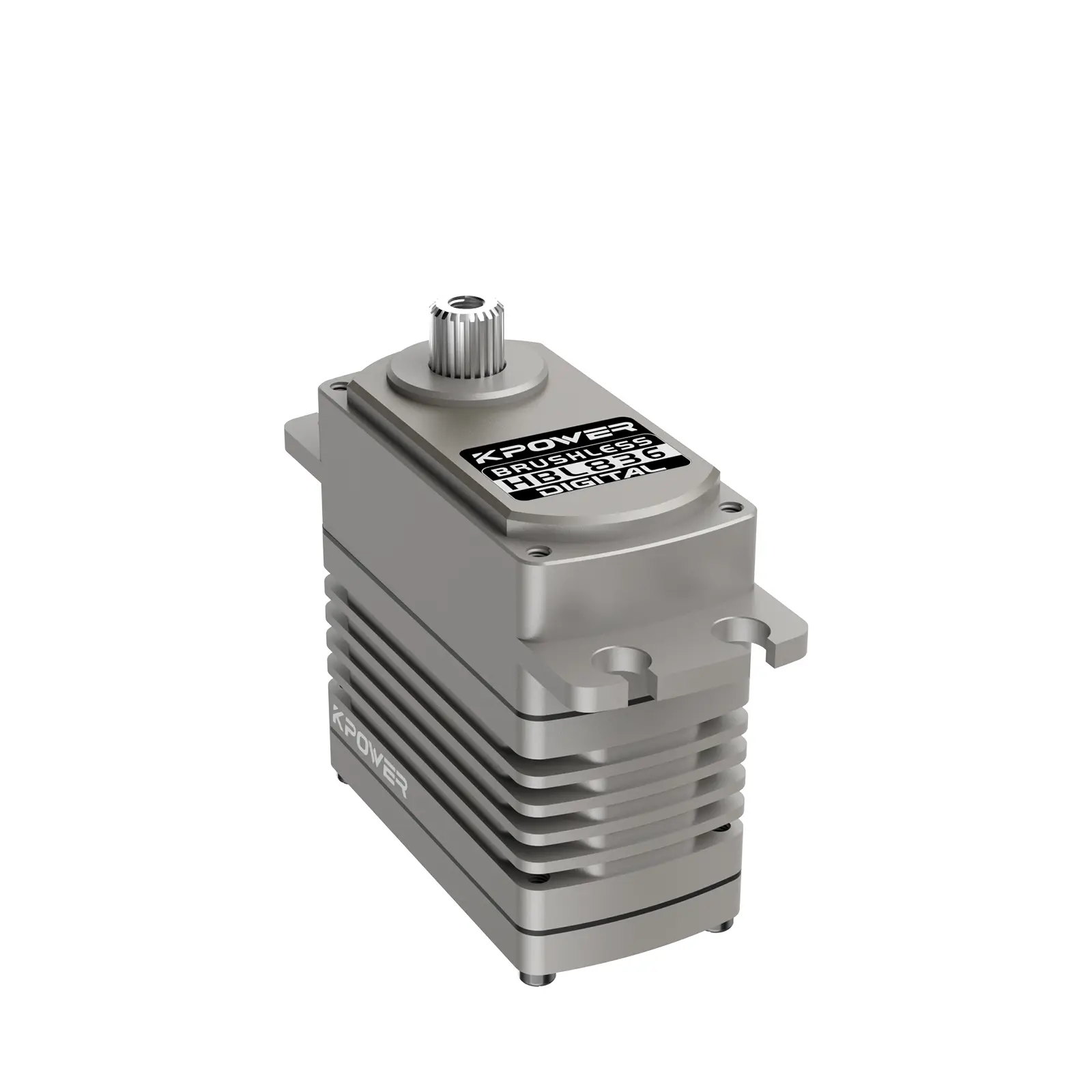Imagine you’re in your workshop, eyes fixed on that tiny servo motor sitting on the table. Maybe it’s part of a robot arm you’re building, or a remote-controlled car. Whatever it is, controlling that little device with precision feels like a secret that’s just waiting to be unlocked. That’s where Arduino comes into play—simple, accessible, capable of turning your creative ideas into reality. But how do you turn a raw signal into that smooth, deliberate movement of a servo? Well, the answer is surprisingly straightforward, and once you get it, it's pretty exhilarating.

First off, think about the basics. An Arduino board acts as the brain. It sends signals—PWM signals, to be exact—that tell the servo how far to turn. To get that working, you’ll connect the servo’s power and ground to the Arduino, then plug the control wire into one of the PWM-capable pins. That’s it. From there, calling a function to position the servo makes magic happen. It’s like giving it a gentle nudge, then watching it obey.
But here’s a trick: what if you want gradual movement, like a smooth sweep from 0 to 180 degrees? To do that, you loop through angle values, updating the servo position incrementally. It’s a dance of tiny steps. Instead of jumping from point A to B instantly, the servo ‘walks’ smoothly, creating the illusion of futuristic grace. And that’s where good programming habits come in—small delays, careful angle control, thinking about power supply stability.
Now, why not challenge yourself? Imagine attaching a potentiometer that acts as a dial for manual control. Turning the dial adjusts the motor’s angle. How cool is that? Or maybe syncing the movement to an external sensor—light, sound, even a touchscreen. The possibilities spin out endlessly once you grasp the core principles. The real question is, what’s your project? Are you building an art installation, or maybe a robotic hand? Because controlling a servo with Arduino turns out to be both an art and a science.
Some practical advice: use a dedicated power source for your servo if it’s a big one. Power issues drive many newbies nuts. Sometimes the servo jitters because the power supply isn’t steady enough. Think about adding a capacitor across the power lines—big enough to soak up the sudden surges. It sounds technical, but honestly, it’s just a matter of plugging in a component or two.
If a servo isn’t responding, check your wiring—something’s often loose or misplaced. And don’t forget to calibrate your angles. It may seem obvious, but those little details keep your project from being a frustrating mess.
In essence, controlling servo motors with Arduino is like giving life to your designs—small steps, big impact. It’s about turning a simple command into a physical action—smooth, predictable, reliable. That’s what makes it exciting; that moment when everything clicks, and your project moves exactly how you envision it. No complicated jargon needed, just your ingenuity, a bit of code, and some thoughtful connections. That’s how the magic begins.
Established in 2005, Kpower has been dedicated to a professional compact motion unit manufacturer, headquartered in Dongguan, Guangdong Province, China. Leveraging innovations in modular drive technology, Kpower integrates high-performance motors, precision reducers, and multi-protocol control systems to provide efficient and customized smart drive system solutions. Kpower has delivered professional drive system solutions to over 500 enterprise clients globally with products covering various fields such as Smart Home Systems, Automatic Electronics, Robotics, Precision Agriculture, Drones, and Industrial Automation.




































